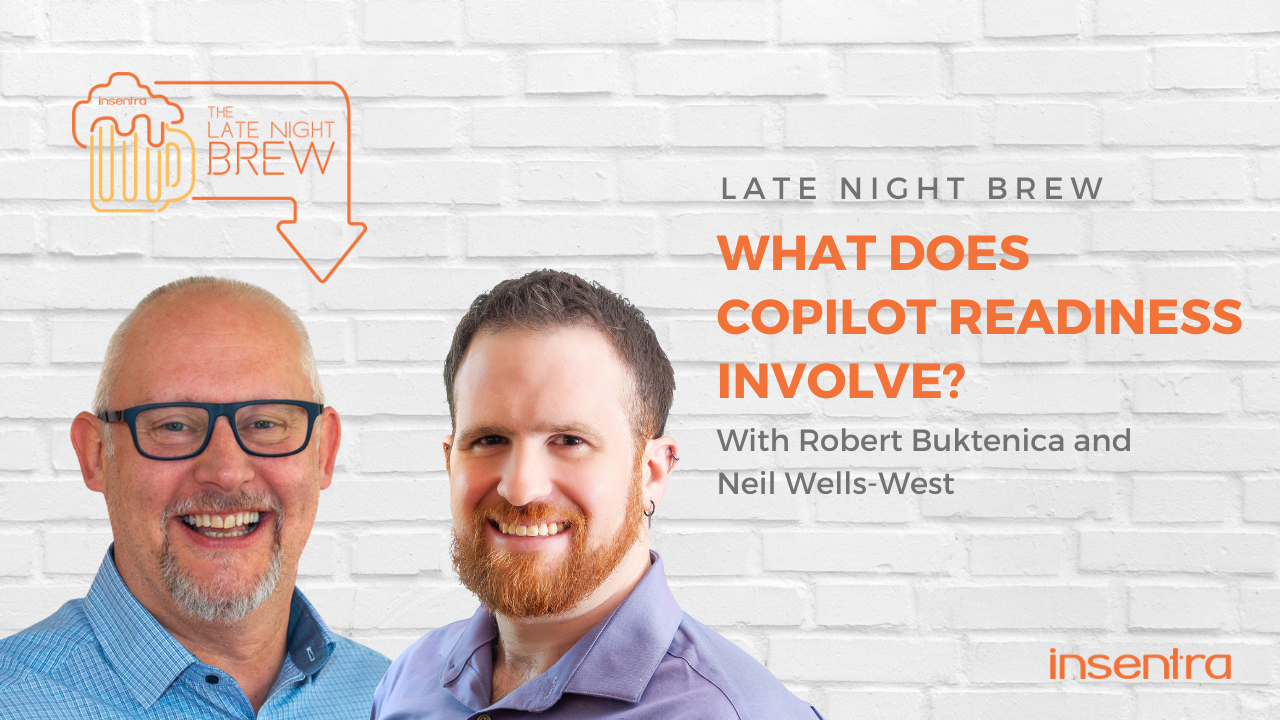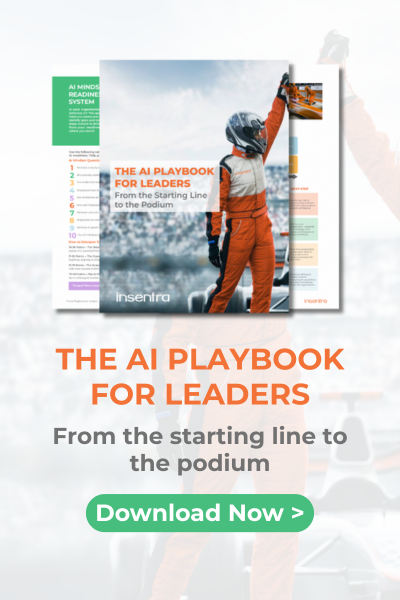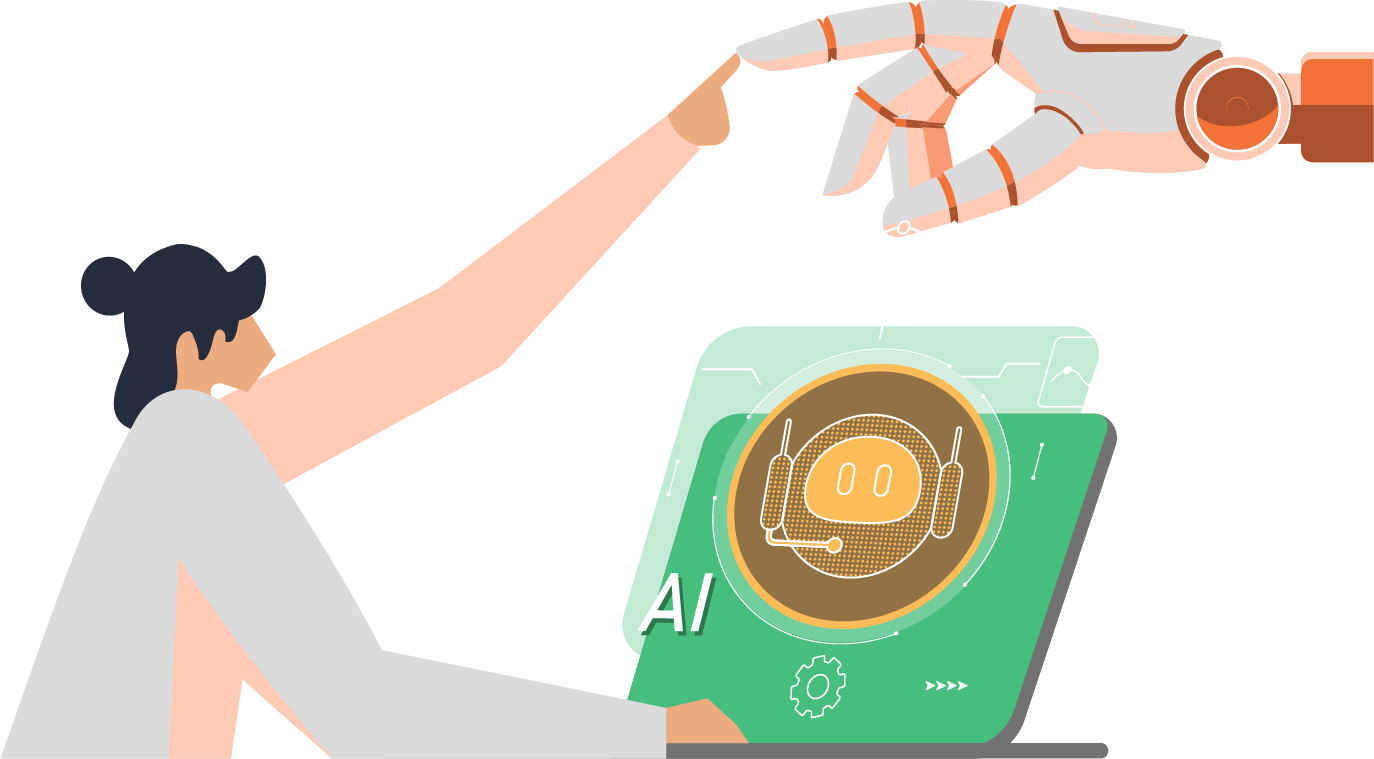On this episode of Late Night Brew: Copilot, Robert Buktenica and Neil Wells-West dive deeper into Copilot readiness and what it involves. What do organizations need to prepare, consider and establish before they can start rolling out this AI assistant tool throughout the company? Find out the answer in this episode!
Our hosts also talk about how assessing your Copilot readiness can benefit your organization even in areas outside of Copilot adoption.
You know the drill—grab a brew and give this episode a watch!
TIMESTAMP
00:07 – Introduction
00:30 – The Brew
01:38– What can organizations expect from Copilot readiness?
02:50 – What is a persona?
03:53 – What’s the value of readiness assessments outside of Copilot adoption?
TRANSCRIPT
Introduction
Robert Buktenica: Hello, everyone, and welcome to another episode of the Late Night Brew, continuing the Copilot series with my good friend at this point, Neil Wells-West. Welcome back, buddy.
Neil Wells-West: Hey, Buk. Good to see you, man.
Robert: Always a pleasure, Sir. Now, before we dive into getting some help with Copilot and the readiness, you know the drill. What brewery are you having with me today?
The Brew
Neil: So today, I’m actually having a real beer. I don’t know whether, can you actually see that on there?
Robert: A little bit higher. There we go.
Neil: There we go. It keeps getting blown out by my background, but there we go. This is a Gorham Butcombe IPA Zero. So, it’s real beer, but low alcohol. So, it’s good stuff.
Robert: Good stuff, indeed. It’s a brew. So as I say, I’m not too picky about what kind of brew, as long as it is one. I’ve got a Session Hazy IPA grapefruit.
Neil: Nice.
Robert: Yeah, it’s actually quite good. I really like this IPA that they make by itself, and it’s a Session, right? So, you can enjoy drinking it all day, and you’re not going to get completely destroyed and hate your life tomorrow.
Neil: Good stuff. We’re all okay with that.
What can organizations expect from Copilot readiness?
Robert: Exactly. Now, diving into it, what is covered, and or what can organizations expect for Copilot readiness at a high level?
Neil: Yeah, great question. So we’re obviously within Insentra, we’re developing our own sort of Copilot readiness advisory strategy. There’s probably eight key areas, but I’ll probably won’t cover all of them.
So I think the really key important areas, Buk, are to ensure that organizations think about personas and use cases. Really good starting point. Rather than just diving in and fiddling with it, it can seem like fun, but actually having real-world use cases, understanding the different types of users that might engage with Copilot. So we provide some advisory and some guidance around defining those use cases. That would be a starting point.
As I said, there’s a whole bunch of other areas that we cover as well. But yeah, really sort of looking at challenges, limiting factors and thinking about ways to remove them. And a lot of those are about thinking about real-world scenarios.
What is a persona?
Robert: Right. And just for the sake of clarity, as always, when we talk personas, what’s a quick definition of what that is or what they can think of?
Neil: Yeah, absolutely. So yeah, obviously I’m using a fairly well-understood term there when I talk about personas. Different types of roles, different types of jobs within a company.
So for instance, somebody who’s working in sales might be looking to Copilot to assist or provide insights into particular sales successes in regions. Whereas an IT person might be looking to say, well, “how can I get Copilot to help me write this bit of code better?” Or “How can I develop a workflow that does this, this, and this?”
Robert: Fair enough.
Neil: So different types of jobs, different job roles, and then really focusing in on those.
Robert: And different requirements, of course, for what they need or what they should have access to.
Neil: Yeah.
What’s the value of readiness assessments outside of Copilot adoption?
Robert: And that actually rolls nicely. Obviously, this readiness is not just about Copilot. How or where else would this be good for organizations to run through this exercise that they can see the benefit from it?
Neil: Yeah, another great question. So I think we’ve found that in engaging with a lot of organizations, specifically around Copilot readiness, it’s highlighted the value that they gain from simply doing that kind of internal exercise, understanding better ways of using Microsoft 365, better ways of using SharePoint, better ways of using Teams.
And I think the big kicker here is a big chunk of Copilot readiness focuses on data governance, which is something that all organizations should already be across, but often aren’t. And this kind of surfaces the need and introduces the benefits of data governance almost as a byproduct of getting ready for Copilot.
Robert: Yeah, I can think of far too many projects, as it were, where, “Oh, yeah, we’re just going to lift and shift this file system into SharePoint, not worry about cleaning up.” And it’s just, what kind of legacy insane, I say insane, but legacy permissions where it’s supposed to be a group, but some IT person wasn’t following process. And so there’s a bunch of one-off people added. So that group is no longer reflective.
I think data governance as a whole is probably a, I don’t want to call it the redheaded stepchild, but definitely the neglected child underneath the stairs of a lot of organizations.
Neil: If it’s not on an organisation’s roadmap, then it jolly well should be, because it’s a sort of a fundamental way of ensuring that you’re getting the most out of your investment in 365, that you’re not retaining old or stale data.
And again, I think one factor with Copilot is Copilot doesn’t know whether something is more relevant because it was a year old or because it was 10 years old. If it contains content that pertains to the prompt, it’s going to return it, even though that may be information that’s 10 years out of date.
So your data governance strategy massively impacts on the value that you get from something like Copilot and in general usage.
Robert: Or importantly, the context of, is this even relevant to this person? If they have access to more than they should, Copilot might return. It’s like, well, they weren’t supposed to see that document.
Neil: Well, the data exposure side. Yeah, absolutely. And again, I think that’s still true, irrespective of Copilot. It’s just that when you start to deploy Copilot, it surfaces that more readily and highlights it more obviously.
Robert: Definitely.
Neil: Yeah.
Robert: That is a great place to end this episode. Neil, once again, as always, thank you, buddy.
Neil: Thank you, Buk.
Robert: For any organization who wants to learn more, even if it’s just asking questions, all of our contact information is below. Please reach out and stay tuned for the next of the series. Until then, mate, take care. Cheers.
Neil: Cheers, Buk.
Do you need assistance in getting your organization ready for Copilot? Book a Microsoft Copilot Readiness Assessment with Insentra to accelerate your adoption journey! You may also contact us for any inquiries you have about this process.
Feel free to download our Unleashing the Power of Microsoft Copilot: The Definitive Guide from Readiness to Deployment eBook or rewatch the Late Night Brew: Copilot series if you’d like to learn more about this revolutionary AI tool.










